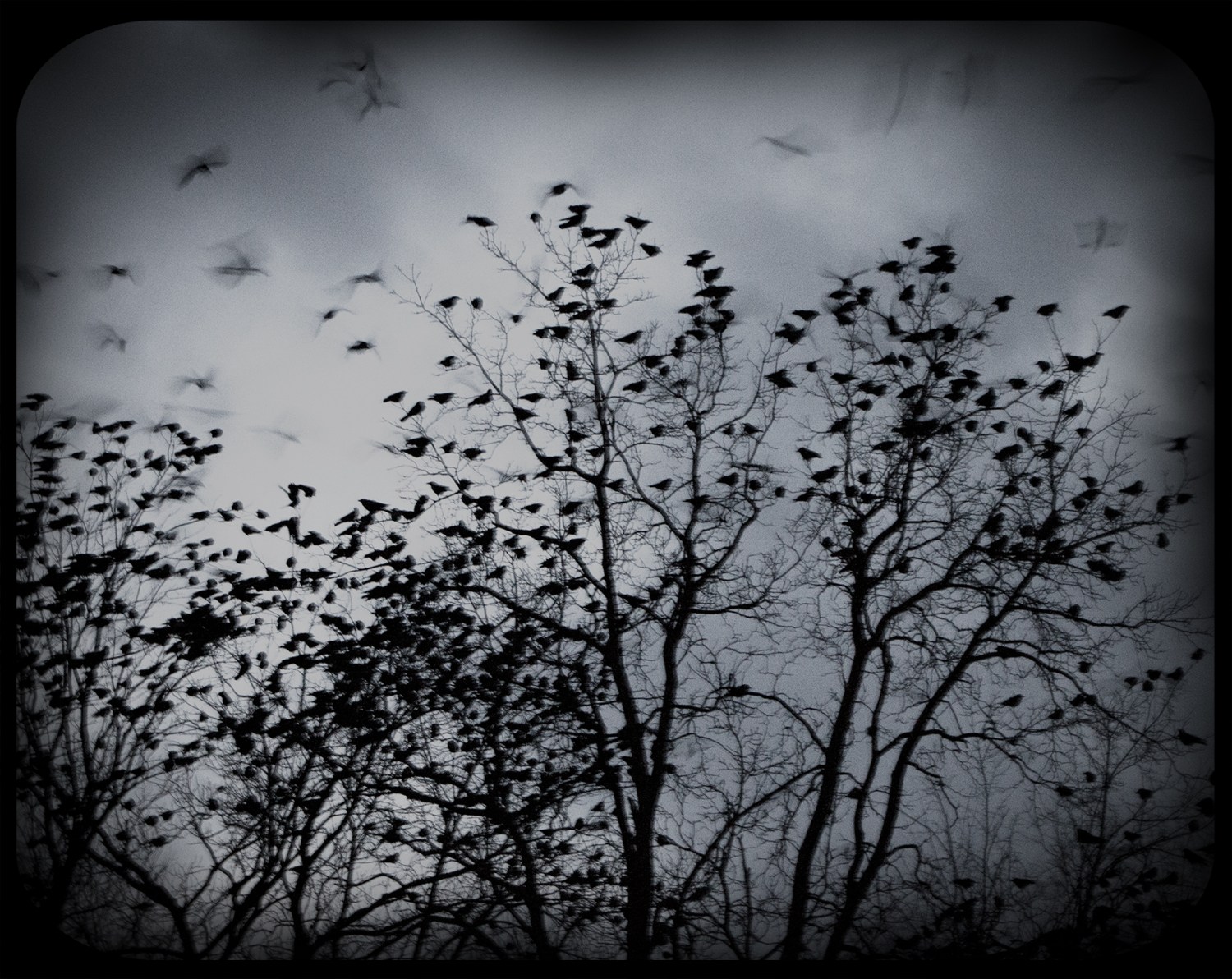Ibid. (referencing Carleton collection)
Through the lens of my Brownie Hawkeye camera I staged a photograph of a cardinal in a tree outside my bedroom window. I placed a glass of water with my drawing pencil submerged at an angle on the window’s ledge. The click of the shutter revealed a rather fuzzy image of light refraction and a cardinal sitting on my broken drawing pencil. I was ten years old and thought art and science made a good team.
For this exhibition, I looked at stuffed birds and skulls in the arboretum collection and glass lantern slides and beetles from the biology department. The relationship between sight and touch became my focus. Beginning with sight I built a small model of the eye. (Aqueous Chamber). I then used the dark chamber of the camera to capture numerous birds, including the hawk flying through my back woods, a blue jay on the head of a red-bellied woodpecker, a pigeon and a blind barred owl. (See barred owl skull and pigeon in case.)
For the sense of touch I began working with Braille blocks known as cells. I covered light boxes and the interior of the book Into the Heart of Darkness with these cells. I found a series of branches, which had been carved by engraver beetles, which tunnel into the darkness as they create a kind of beautiful and yet often destructive calligraphy referred to as insect galleries. The woodpecker will often remove tree bark in an effort to eat the beetle. With its keen eyesight the owl will occasionally capture the woodpecker and the hawk will capture the owl.
















